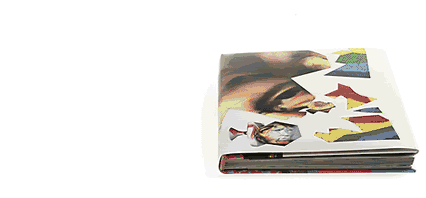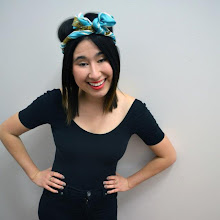


Through the use of the Web 2.0 new media has facilitated users to free publishing tools. According to Leung, the web is seen as a ‘platform for service delivery’ which emphasizes ‘user control’, ‘participation’ and ‘emergent behaviour’. Throughout this blogging process new media has been seen as a platform in making social connections between people.
As this week is all about religion and computer mediated communication, one can question Leung in the role the internet plays with religion online. Citizen journalism may be “the act of a citizen or group of citizens playing an active role in the process of collecting, reporting, analyzing and disseminating news and information” (Glimore, 2006). However, does it seem offensive to ‘advertise’ religious institutions online? Should Australian Christian Churches be available to view in the blogosphere?
According to Ess, traditional religions and religious institutions were closely wedded to the communication technologies of print and literacy. ChurchSearch, is a comprehensive guide to Australian Christian Churches – it uses the internet to promote churches in any metropolitan or rural area. In answering if religion is too sensitive to be ‘advertised’ online; it was further argued that a radical migration from real to virtual. Traditional directories, such as church bulletins roaming to new media platforms such as guide sites from virtual directories are seen as a revolutionary overturning of traditional (modern) religious institutions.
Reference list
Leung, Louis. (2009). User-generated content on the internet: an examination of gratifications, civic engagement and psychological empowerment. New Media & Society, vo. 11, issue 8: 1327-1347. (accessed May 14, 2010).
Ess, C. (2007). Cross-cultural perspectives on religion and computer-mediated communication. Journal of Computer-Mediated Communication, 12(3), article 9.(accessed May 14, 2010).







